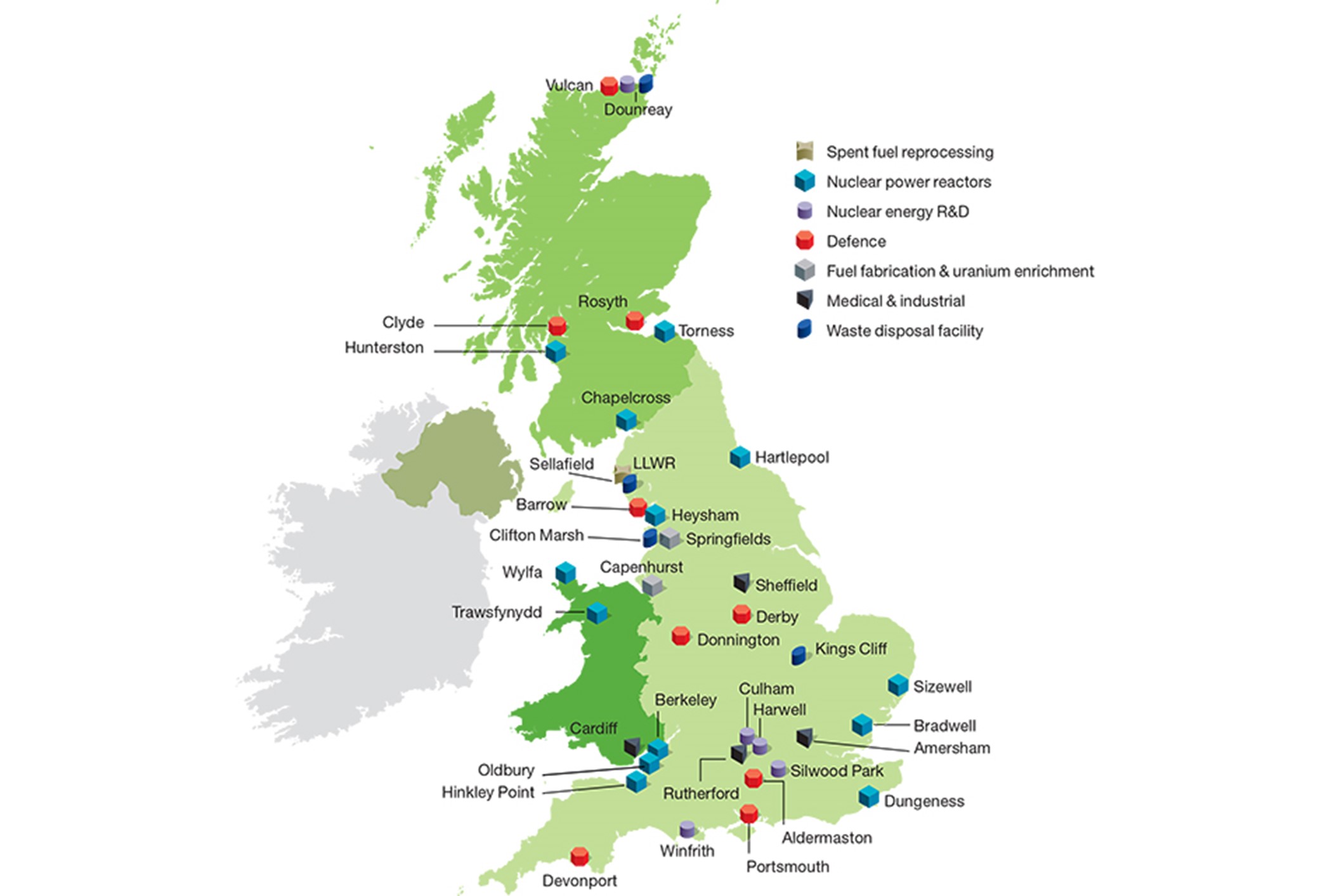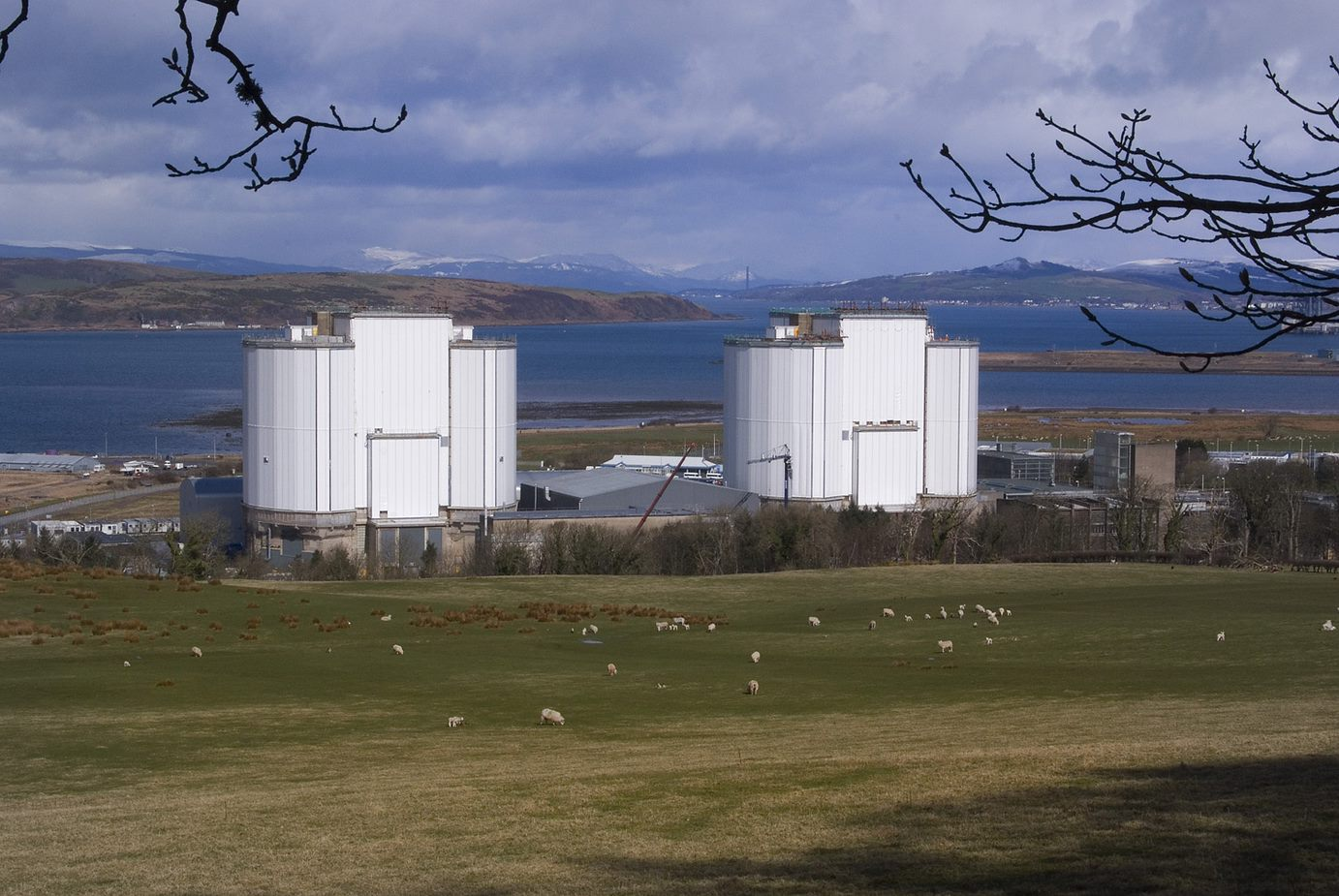Designing decommissioning into the nuclear lifecycle to reduce costs
Designing decommissioning into the early phases of nuclear projects helps reduce future uncertainty, cost, and environmental impact
Digital tools and structured data systems enable better decision-making throughout the asset lifecycle, from construction to clean-up
Cross-functional collaboration ensures safe, compliant, and efficient outcomes while supporting delivery confidence and long-term sustainability
To meet the UK’s nuclear clean-up and infrastructure goals, the industry must shift from reactive cost control to proactive
Cost effective nuclear decommissioning depends on good information management and access to a range of technical skills, says Mott MacDonald technical principal Stephanie Bloomer and radioactive waste consultant Fraser Auld.
To meet the UK’s nuclear clean-up and infrastructure goals, the industry must shift from reactive cost control to proactive, data-led planning that integrates decommissioning from the outset.
Nuclear decommissioning must evolve to lower the costs of the clean-up programme and win public trust in the process. This has been recognised by policy makers and regulators who now require the end of life strategy to be designed in from the very beginning though funded decommissioning programmes (FDPs). As an industry we must respond to this by carefully considering and then minimising the decommissioning needs at every point in the project lifecycle. At the heart of this is the need to gather and use the right data creating a digital repository that can inform decision making long into the future, ensuring that costs are reduced and lessons are learned from the past.
Creating a digital repository is at the heart of this
The importance of information
Having this control and deeper understanding of decommissioning for the next generation of reactors is critical as the UK continues to wrestle with the cost of cleaning up its nuclear legacy. The UK has for centuries been at the forefront of nuclear technology. however decommissioning was not a key consideration for engineers and scientists in the 1940s. These pioneers succeeded in delivering the world’s first commercial scale nuclear power plant at Calder Hall, Sellafield in 1956. And many more since, but T each of these facilities bring both individual and common decommissioning challenges.
As the nuclear programme continued over subsequent decades people gradually retired and some of the records about the volume and nature of radioactive waste were lost. This uncertainty has continued to drive up the risk and therefore the cost of decommissioning projects. It is difficult to predict the cost of what is unknown. And yet the work is one of the most important environmental programmes in the world for protecting people and the planet.
Critical Characterisation
Improving our understanding of these unknowns means that the value of characterisation has grown in recent years. The good news is that the more work that is done to characterise the waste that exists, the greater certainty there is over how to: handle, treat, transport and dispose of it and importantly what the cost of this will be. As a direct result of this better understanding, decommissioning costs have begun to fall for some historic sites around the UK as pessimistic assumptions can be reduced and waste can be moved down the waste hierarchy.
Pessimistic assumptions can be reduced and waste can be moved down the waste hierarchy.
This is true for both old and new projects alike. By considering the entire lifecycle of a project we can optimise the decommissioning strategy. Using strategic planning tools such as data quality objectives (DQO) alongside aligned skills such as requirements management and systems engineering, as well as our skills in radioactive waste management and process engineering, we enable mapping of waste generation, disposal challenges and opportunities throughout the project’s life. Importantly, this also identifies the right data to collect and manage, enabling project owners to set up and maintain information management systems with increased certainty and lower risk. This should prevent history from repeating itself allowing for more streamlined and efficient decommissioning in the future.
Designing in waste reduction
In addition to this improved data management, new nuclear facilities are being designed in a way that reduces the amount of waste generated during decommissioning, for example by minimising the risk of radioactive contamination of the facilities and by using materials that minimise the potential for neutron activation. This alongside the use of established waste routes and good waste management practice reduces the potential impacts on people and the environment. Planning for this starts early during the design phases. Mott MacDonald is working on this now to support Holtec Britain in the second stage of the generic design assessment process after achieving the first stage in record time.
Considering all hazards
Effective decommissioning also requires cross functional working across different skill sets. Disciplines working in isolation can have unintended consequences, for example the gathering of fissile materials together can increase the potential for a criticality, and the hazardous properties of materials must be considered alongside the radioactive properties as they may pose a greater risk to health than the radioactive properties. Particularly at older decommissioning sites where hazardous materials which were once seen as best practice, such as asbestos or some cleaning chemicals, are now known to carry serious health risks. At Mott MacDonald, for example, our specialists within radioactive waste management, safety case, radiochemistry, chemical engineers, environmental advisors and conventional health and safety are aware of these risks. They work together in experienced multi-disciplinary teams to optimise solutions that meet regulatory requirements.
Disciplines working in isolation can have unintended consequences
These teams are also looking ahead at future phases of the lifecycle efficiently linking them to current activities and lowering costs. For example, ensuring higher active waste is packed compliantly for the government’s planned deep geological disposal facility. Doing this removes the need for future repackaging therefore reducing dose rates to workers as well as the generation of secondary waste.
Digital innovation
Another advantage today is digital capability. At the Trawsfynydd ponds complex in NorthWales we used digital modelling to support a better, faster and smarter decommissioning strategy. Trawsfynydd power station, which opened in 1965, was one of the original fleet of Magnox reactorsand the pond complex consists of 36 structures used for processing spent reactor fuels. We digitised historic site drawings to create a new BIM model with 4D animations that enabled visualisation of demolition activities.
Employing digital tools and innovative planning techniques that acquire and use the right data at the right time, enables the sector to lower risk and reduce costs in nuclear decommissioning. This is essential for both legacy and new sites. As the government moves ahead with plans for both large scale and small modular reactors, the industry must rise to the decommissioning challenge and use data to gain public trust and cost certainty.

Diagram: UK sites handling radioactive waste, Source: Nuclear Waste Licensing: The UK's nuclear history - GOV.UK
Subscribe for exclusive updates
Receive our expert insights on issues that transform business, increase sustainability and improve lives.



